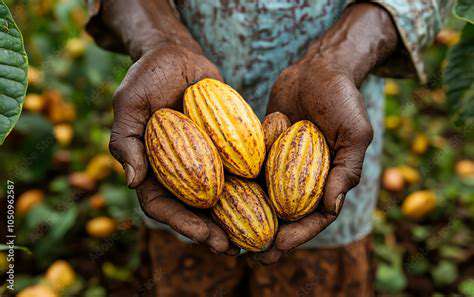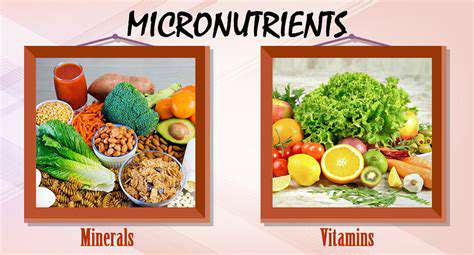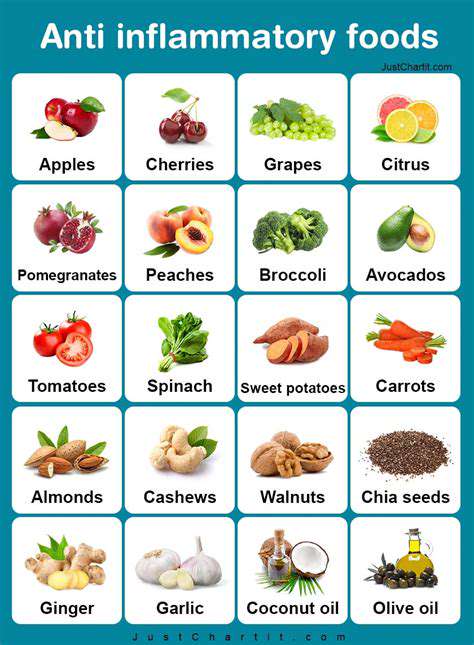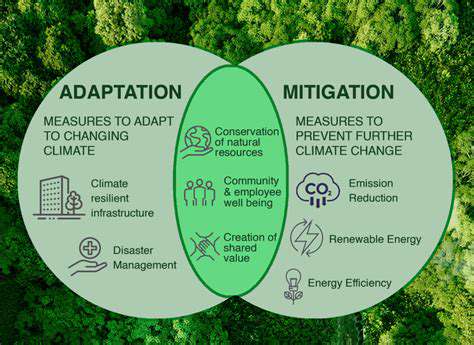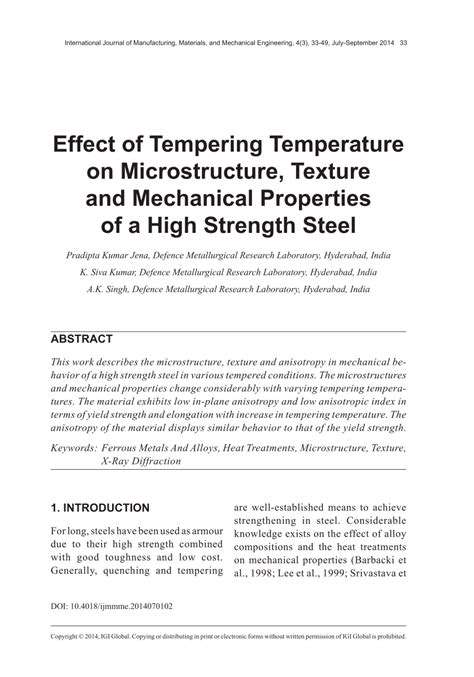Understanding the Core of Microbial Suppression
Fundamental Principles of Microorganism Control
Throughout history, methods for keeping food safe have been based on controlling the microorganisms that cause spoilage. These techniques focus on preventing bacteria, yeasts, and molds from growing and becoming active. By changing storage conditions—such as temperature, acidity, moisture, and adding certain substances—they create environments that are unfavorable for microbes, helping to extend the food’s usability.
Gaining insight into these biological fundamentals helps us understand why practices like salting, fermenting, and drying are so effective. Each approach modifies the food's surroundings in specific ways, making it harder for microbes to survive and multiply.
The Influence of Temperature in Food Preservation
Temperature is a key factor in controlling microbial activity. Cooling foods slows down the metabolism of microorganisms, making it difficult for them to reproduce or cause spoilage. Technologies like refrigeration and freezing are practical applications of this principle, effectively putting microbial growth on hold.
Nevertheless, it’s important to recognize that different microbes have different temperature preferences. Some can survive or even thrive in cold conditions, while others prefer warmer environments. Recognizing these differences helps in choosing the most suitable preservation method for various foods.
The Effect of pH on Microbial Growth
The acidity or alkalinity of food, indicated by its pH level, greatly influences microbial development. Many microbes cannot survive in highly acidic environments. This concept underpins methods like pickling, where acids such as vinegar create an environment hostile to microbial growth.
On the other hand, some microbes prefer alkaline conditions. Therefore, understanding the ideal pH range for different foods and their spoilage organisms is essential for selecting the right preservation techniques.
The Significance of Water Activity
Water activity (aw) measures the amount of free, unbound water in food. Microorganisms need water to grow and reproduce. Preservation methods like drying, salting, and sugaring lower water activity, making food less hospitable for microbes. This principle underpins many traditional preservation practices, helping maintain food safety and quality over time.
Salt and Sugar: Natural Guardians
Salt and sugar have long been used as natural preservatives. They work by drawing water out of microbial cells, dehydrating them and preventing their growth. This mechanism is evident in practices like curing meats, salting fish, and preserving fruits with sugar.
The Power of Fermentation in Preservation
Fermentation involves the controlled transformation of sugars into acids, alcohols, and other compounds by beneficial microbes. This process not only suppresses spoilage microorganisms but also develops unique flavors and textures. It plays a vital role in preserving foods such as yogurt, sauerkraut, kimchi, and sourdough bread.
Introducing beneficial microbes during fermentation transforms the food, making it safe and tasty for extended periods.
Drying and Smoking: Traditional Methods for Long-Term Storage
Drying and smoking are classic techniques that reduce water content in food, making microbial growth difficult. Drying removes moisture, extending shelf life, while smoking adds flavor and produces compounds that inhibit bacteria and molds. Both methods have been crucial for storing food safely after harvest, ensuring food remains edible for longer durations.
Modern Innovations in Food Preservation: Beyond the Basics
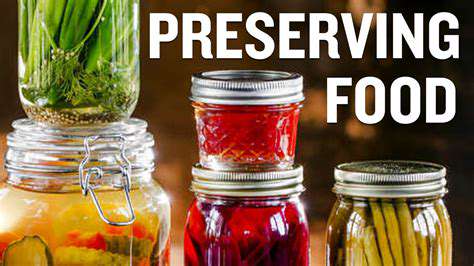
Cutting-Edge Preservation Techniques
Current advancements in food preservation continuously expand the possibilities for extending shelf life and maintaining nutritional quality. Driven by consumer demand for fresh, nutrient-rich foods year-round and the need for sustainable practices, these innovations address critical issues like food waste. Advanced packaging and storage methods are designed to minimize bacterial activity, enzymatic reactions, and oxidation.
One promising development is modified atmosphere packaging (MAP). By changing the gas composition inside packaging, MAP creates an environment less suitable for microbial growth. This approach can significantly prolong the freshness of perishable products, cutting down waste and reducing the need for chemical preservatives. MAP has proven especially effective for preserving produce and other sensitive foods.
High-Tech Approaches to Food Preservation
Emerging high-tech methods are gaining attention for their ability to preserve food without traditional heat. Pulsed electric fields (PEF), for instance, use rapid, high-voltage pulses to deactivate microbes gently, preserving the food's nutritional and sensory qualities. This approach is particularly advantageous for delicate items like fruits and vegetables.
Vacuum packaging is another innovative technique. By removing air, it creates a low-oxygen environment that slows bacterial growth, keeping meats and seafood fresher longer. These advanced methods help extend shelf life while maintaining quality and safety.
Sustainable Strategies in Food Preservation
Sustainability is increasingly important in modern preservation efforts. Many new techniques aim to lessen environmental impact, such as exploring eco-friendly packaging materials and reducing reliance on harmful chemicals. This focus is essential for creating environmentally responsible food systems.
Irradiation, despite some controversy, can be part of sustainable practices by killing pathogens and shortening shelf life. This can help reduce food waste and replace chemical preservatives in some cases.
Looking Ahead: The Future of Food Preservation
The future holds exciting prospects, with ongoing research introducing innovative solutions that aim to improve safety, quality, and sustainability. Technologies like nanotechnology and biological approaches are being explored to make preservation more effective and environmentally friendly. The goal is to develop methods that are more efficient, sustainable, and capable of providing nutritious food for all.
Combining different preservation techniques, such as MAP with pulsed electric fields, offers the potential for even longer shelf lives and better quality retention. Researchers are continuously seeking integrated approaches to meet the growing demand for safe, high-quality food worldwide.
Preservation for the Future: Exploring Emerging Technologies

Safeguarding Cultural Heritage
Protecting and preserving cultural heritage is essential for understanding our shared history. This involves conserving physical artifacts like ancient monuments and intangible practices such as storytelling and rituals. Preservation initiatives help future generations learn from the past and foster appreciation for diverse cultures and societal growth. These efforts include restoring historical sites and documenting oral traditions.
The preservation of cultural heritage is not just about history; it’s about maintaining community identity and continuity. These traditions carry deep significance, shaping individual and group identities. Preserving them ensures the rich diversity of human experience endures.
Environmental Preservation and Sustainability
Efforts to protect the environment are equally critical. Sustaining natural ecosystems and biodiversity is vital for a healthy planet. This involves combating deforestation, pollution, and climate change to safeguard species and habitats for future generations.
Adopting sustainable practices in farming, forestry, and resource management supports ecological balance. Such actions are crucial for long-term environmental health and human well-being.
Advancements in Preservation Technologies
Technological progress offers powerful tools for safeguarding cultural and natural assets. Digital archiving, for example, enables the preservation of vast historical data and ecosystems virtually. This enhances accessibility and encourages global collaboration.
Emerging tools like remote sensing and data analysis improve our ability to monitor environmental changes and implement proactive preservation strategies.
Economic Impact of Preservation
Preservation efforts also have significant economic benefits. Tourism centered around historical sites and natural wonders can boost local economies. Such initiatives create jobs, attract visitors, and generate revenue, supporting sustainable development.
Investing in preservation enhances regional attractiveness and can lead to growth opportunities for businesses and communities. Ultimately, they contribute to economic stability and shared prosperity.

